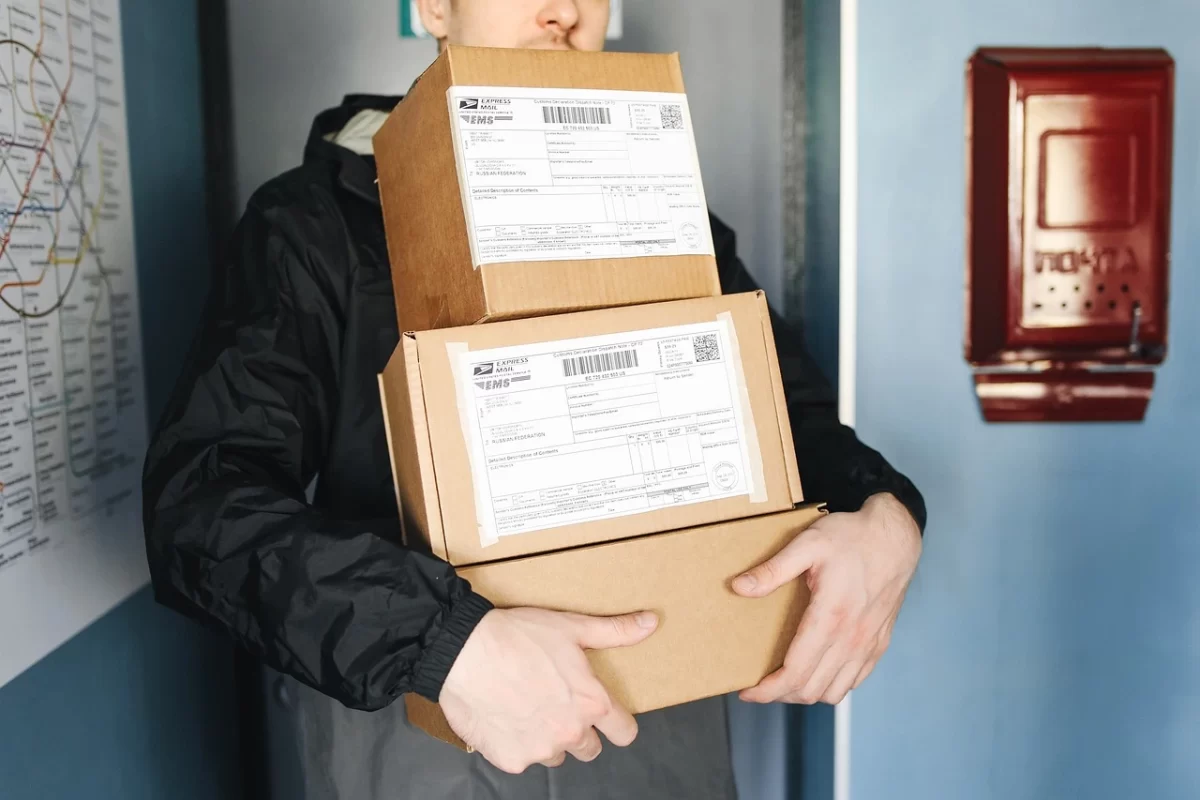Common Mistakes to Avoid When Shipping Large Parcels

Shipping large parcels can be a daunting task, especially if you’re not familiar with the nuances involved. Whether you’re a business owner sending products or an individual mailing a personal item, avoiding common pitfalls can save you time, money, and hassle. In this blog, we’ll explore some of the most common mistakes to avoid when posting large parcel and provide tips for a smoother shipping experience.
1. Neglecting to Measure and Weigh Properly
One of the most critical mistakes is failing to accurately measure and weigh your parcel. Many carriers charge based on dimensional weight, meaning that the size of the package can affect shipping costs even more than its actual weight. Always use a reliable scale and measuring tape to get precise dimensions and weight. This ensures you get accurate shipping quotes and avoid unexpected charges later on.
2. Choosing the Wrong Packaging
Using the wrong type of packaging can lead to damaged goods and lost shipments. When shipping large items, it’s essential to use sturdy boxes or crates that can withstand the rigors of transport. Avoid using flimsy or repurposed boxes, as they may not provide adequate protection. Invest in quality packaging materials such as bubble wrap, foam, or packing peanuts to cushion the contents.
3. Inadequate Labeling
Labeling may seem straightforward, but it’s easy to overlook important details. Ensure that the recipient’s name, address, and contact information are accurate and clearly visible. Also, include any necessary handling instructions, such as “Fragile” or “This Side Up.” Failure to label correctly can lead to misdeliveries or damage to your parcel.
4. Not Considering Shipping Insurance
When shipping large or valuable items, many people skip shipping insurance, thinking it’s an unnecessary expense. However, accidents can happen during transit, and insurance can protect your investment. Consider the value of your shipment and whether it’s worth the peace of mind that comes with coverage. Many carriers offer insurance options, so be sure to inquire about them.
5. Overlooking Carrier Restrictions
Each shipping carrier has its own set of rules and restrictions regarding large parcels. This can include weight limits, size restrictions, and prohibited items. Failing to check these guidelines can result in delays, additional fees, or even the refusal of your shipment. Familiarize yourself with the policies of your chosen carrier to ensure compliance.
6. Forgetting to Track Your Shipment
Tracking your shipment is crucial for keeping both you and your recipient informed. Many people neglect to check tracking information after sending a parcel. By regularly monitoring the status of your shipment, you can address any potential issues early on. Most carriers provide tracking options, so take advantage of them to ensure a smooth delivery process.
7. Not Preparing for Customs When Shipping Internationally
If you’re shipping large parcels internationally, customs procedures can be complex. A common mistake is failing to prepare the necessary documentation, such as commercial invoices or customs declarations. Inaccurate or incomplete paperwork can lead to delays or additional fees. Research the customs requirements for the destination country and ensure all documents are in order before shipping.
8. Ignoring Delivery Timeframes
When shipping large parcels, it’s essential to set realistic delivery expectations. Many factors can affect shipping times, including carrier processing times, weather conditions, and customs delays. Failing to communicate expected delivery times to your recipient can lead to disappointment and frustration. Always provide a timeframe based on the carrier’s estimates and factor in potential delays.
9. Not Planning for Return Shipping
If you’re a business, considering return shipping is crucial. Many customers expect a hassle-free return process, and not having a clear return policy can hurt your reputation. Plan for how returns will be handled, including shipping labels and packaging. If customers know they can return items easily, they may be more likely to make a purchase.
10. Skipping a Test Run
Finally, if you’re shipping large parcels regularly, consider doing a test run before committing to a new carrier or shipping method. This allows you to assess the entire process, from packaging to delivery, and identify any potential issues. Learning from a trial run can save you headaches down the line.
By being aware of these common mistakes, you can significantly improve your large parcel shipping experience. Taking the time to prepare properly ensures your items arrive safely and on time, enhancing your reputation as a reliable shipper. Happy shipping!









